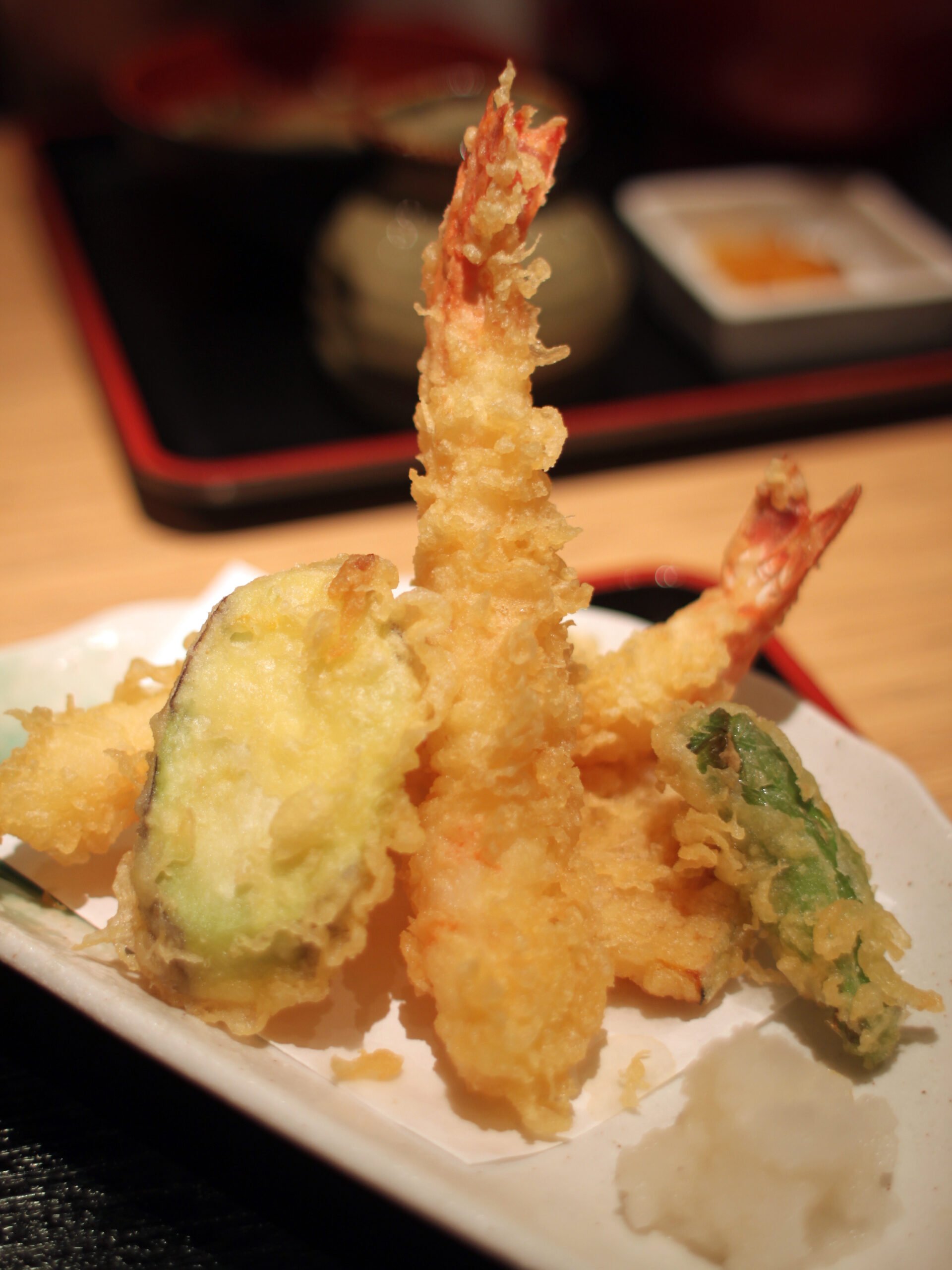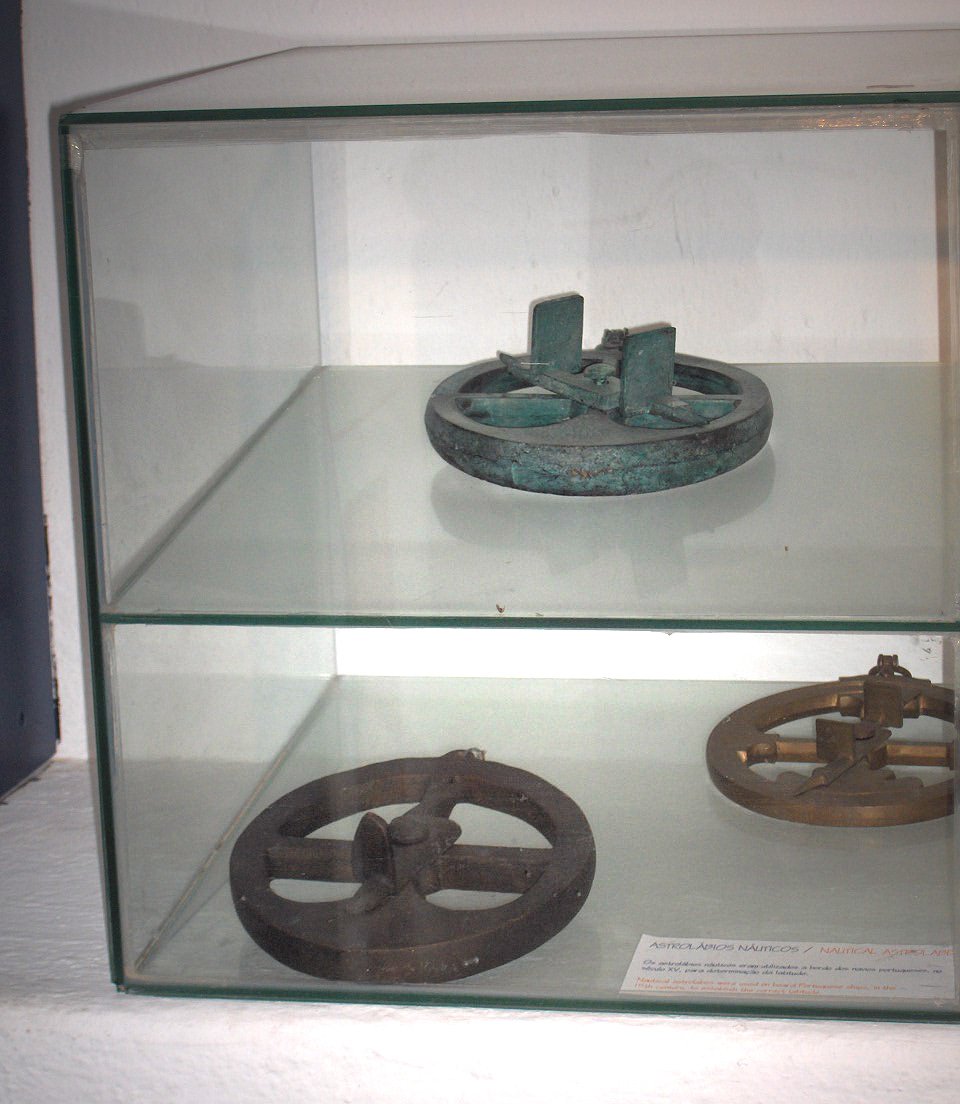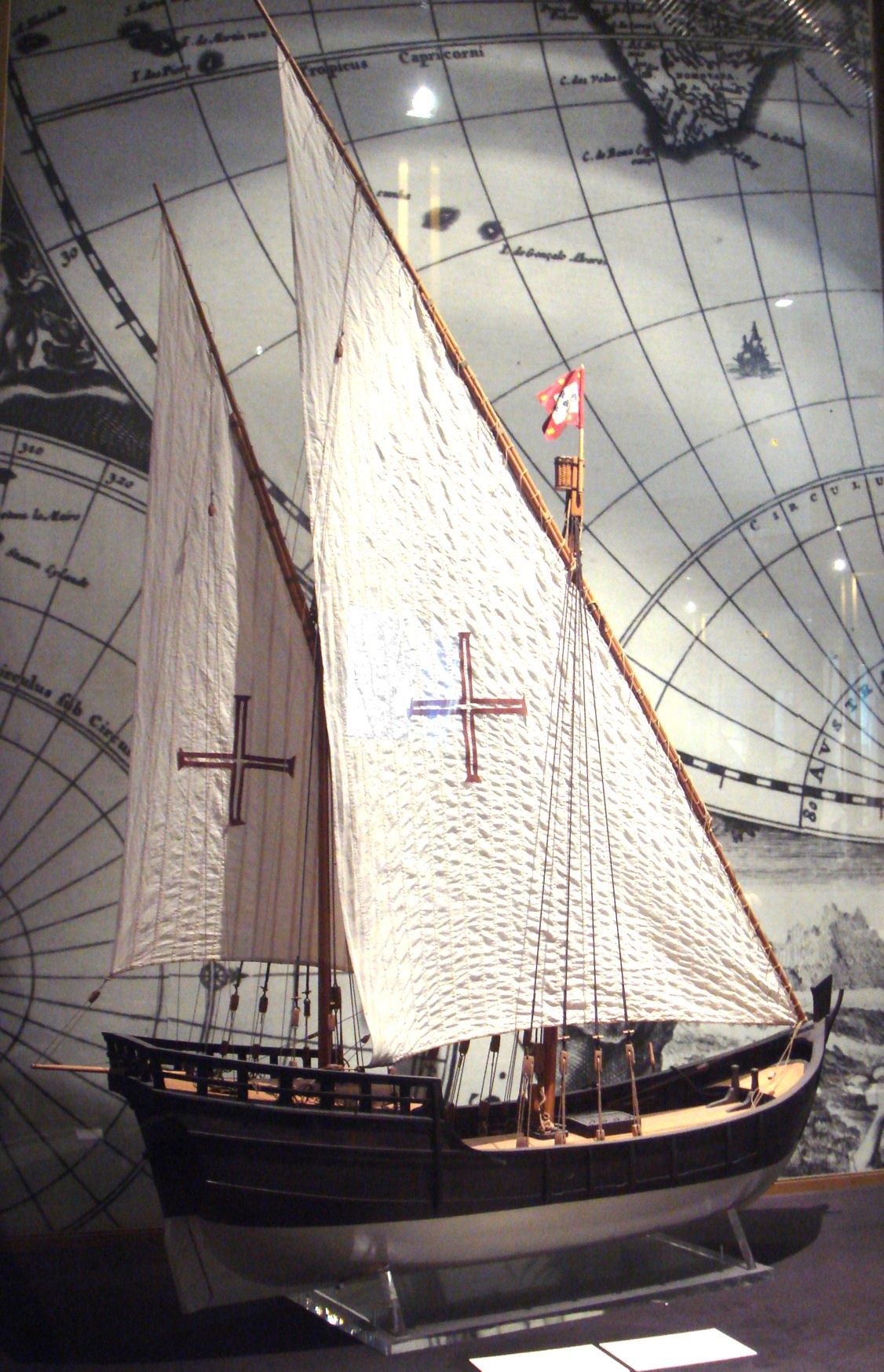Hold onto your pastel de nata because you’re about to discover how one incredible Iberian nation changed the world forever. Portugal, Europe’s unsung hero of innovation and genius, revolutionized the world with mind-blowing inventions and innovations that continue to shape our lives today. While overlooked in many history books, the brilliant minds of Portugal have gifted humanity with technological marvels that deserve more recognition. Get ready for a countdown of the ten most spectacular Portuguese inventions ranging from impressive to absolutely world-changing!
10. Pre-Paid Postage System (1880)
Britain’s Penny Black is often cited as the world’s first postage stamp, but Portugal also made a crucial innovation in postal services. In 1880, José da Silva Passos helped implement Portugal’s “penny post” system that standardized postal rates across the country.
What made the Portuguese system particularly innovative was the comprehensive approach to pre-payment and the introduction of standardized postal rates regardless of distance within the country. This system helped democratize communication by making it affordable for ordinary citizens, but this ranks lowest on our list due to similar systems being developed in other countries around the same time.
9. Tempura (16th Century)
While many might associate tempura with Japanese cuisine, this cooking technique actually has Portuguese origins! In the 16th century, Portuguese Jesuit missionaries introduced the concept of batter-frying food to Japan.
The word “tempura” likely derives from the Portuguese word “tempero” (seasoning) or “tempora” (times), which refers to the Ember Days when Catholics abstained from meat. During these periods, Portuguese often ate battered and fried fish instead.
The Japanese adapted and perfected this cooking method over centuries and eventually made it distinctly their own. Today, tempura remains a delicious symbol of the cultural exchange between Portugal and Japan during the Age of Discovery. Although it is culturally significant, its technological impact was limited compared to other entries on this list.

8. The Electronic Toll Collection System (Via Verde, 1991)
In the modern era, Portugal pioneered one of the world’s first nationwide electronic toll collection systems. Via Verde(Green Way), introduced in 1991, allowed vehicles equipped with a small electronic transponder to pass through toll booths without stopping.
This system, developed by Brisa (Portugal’s main highway operator) in partnership with Portuguese engineers, significantly reduced traffic congestion and improved efficiency on the country’s highways. Via Verde was one of the earliest successful implementations of RFID technology for transit applications and served as a model for similar systems worldwide.

7. The Submarine Escapecraft (1829)
Alexandre Bettencourt and Miguel Oliveira, officers in the Portuguese Navy, designed one of the world’s first submarine escape mechanisms in 1829. This innovation consisted of a detachable compartment that could float to the surface in case of emergency.
While primitive by modern standards, this safety mechanism represented a significant step forward in submarine safety design and influenced later developments in naval technology. The concept of using flotation to rescue submariners in distress remains fundamental to modern submarine rescue systems. Its life-saving potential earns it a solid middle ranking.
6. The Passarola (1709)
Long before the Wright brothers took flight, Portuguese inventor Bartolomeu de Gusmão designed the Passarola, one of history’s first airship designs. In 1709, Gusmão demonstrated a small-scale prototype that rose briefly into the air before the Portuguese royal court and King João V.
The Passarola (Portuguese for “big bird”) was envisioned as a flying boat lifted by hot air balloons. Although Gusmão never successfully built a full-scale working version, his designs and demonstrations represent one of the earliest serious attempts at human flight. His work preceded the Montgolfier brothers’ successful hot air balloon by nearly 75 years and served as a visionary early concept in aviation history.

5. The Portuguese Method of Sugar Refining (15th-16th Centuries)
Portuguese innovations in sugar production revolutionized global agriculture and commerce. After bringing sugar cane cultivation to Madeira, the Azores, and later Brazil, Portuguese producers developed more efficient methods of refining sugar, ultimately creating what became known as “white gold.”
The Portuguese vertical roller mill for crushing sugar cane improved efficiency dramatically. This technology, along with other refining techniques, allowed for large-scale sugar production that eventually transformed global dietary habits and created new economic systems.
Unfortunately, this also contributed to the expansion of slavery as plantations required enormous amounts of labor. Nevertheless, the technical innovations in sugar production represent a significant Portuguese contribution to agricultural technology that had profound economic impacts on a global scale.
4. Codex Rotundus (1428)
The Codex Rotundus, created in 1428, was a revolutionary nautical chart system developed by Portuguese navigators. These detailed charts contained compass roses, rhumb lines, and scale indicators that made long-distance navigation much more reliable. The Portuguese cartographic school, centered at Sagres under the patronage of Prince Henry the Navigator, systematically collected and recorded geographical information from returning explorers.
This scientific approach to mapmaking represented a major intellectual achievement that facilitated global exploration and the accurate recording of new discoveries. The methodical approach to cartography fundamentally changed how humans understood and documented the world.
3. The Nonius (1542)
Pedro Nunes, a Portuguese mathematician and cosmographer, invented the nonius in 1542. This precision measuring device was a forerunner to the vernier scale and allowed for much more accurate angle measurements than previous instruments.
The nonius consisted of a series of concentric circles divided into different numbers of equal parts. By aligning these circles properly, navigators could achieve measurement precision far beyond what was previously possible. This invention was particularly valuable for astronomical observations and maritime navigation.
The principles behind Nunes’ nonius were later refined by French mathematician Pierre Vernier into the vernier scale, which is still used in some precision measuring instruments today. The dramatic improvement in measurement accuracy it provided earns it a high ranking for its scientific impact.
2. The Mariner’s Astrolabe (16th Century)
The astrolabe itself originated in ancient Greece. However, Portuguese navigators and astronomers perfected the mariner’s astrolabe in the early 16th century. This simplified, robust version of the traditional astronomical astrolabe was specifically designed for use at sea.
The Portuguese mariner’s astrolabe consisted of a metal disc with a movable alidade (sighting rule) and was used to determine latitude by measuring the angle of the sun or stars above the horizon. This allowed navigators to determine their position with reasonable accuracy, which represented a crucial advancement that made long ocean voyages possible.
João de Lisboa and Pedro Nunes were among the Portuguese scholars who refined nautical navigation techniques and instruments during this era. Their work with the mariner’s astrolabe laid the groundwork for modern celestial navigation and was essential to Portugal’s maritime dominance.

1. The Caravel Ship (15th Century)
The most significant Portuguese invention was undoubtedly the development of the caravel, a small, highly maneuverable sailing ship that revolutionized maritime exploration. Developed in the 15th century, the caravel combined European and Arab shipbuilding techniques into a vessel uniquely suited for ocean exploration. Its innovative features included:
- Lateen (triangular) sails that allowed sailing closer to the wind
- A slender hull with a length-to-breadth ratio of about 3:1
- Shallow draft that permitted coastal exploration
- Capacity for storing provisions for long voyages
The caravel enabled Portuguese explorers like Bartolomeu Dias and Vasco da Gama to navigate around Africa and eventually reach India. Without this innovation, the Age of Discovery might have unfolded very differently as it would have delayed European exploration and colonization by decades or even centuries.
The caravel earns the top spot because it literally changed the course of world history. It connected continents, enabled global trade networks, facilitated cultural exchange, and ultimately reshaped the geopolitical landscape of the entire planet. Few other inventions can claim such a profound impact on human civilization.

Conclusion
The next time you use a measuring device, eat tempura, or sail on a modern ship, remember that you have Portugal to thank! The Portuguese spirit of adventure and innovation truly changed the course of human history. It provided some of the most crucial threads that hold our global civilization together.


